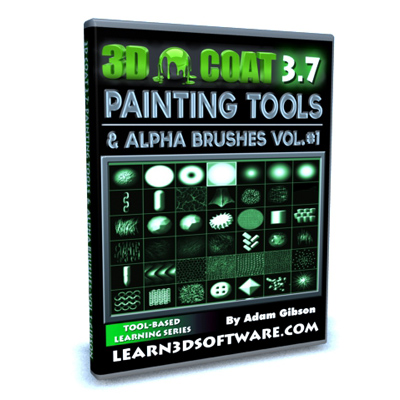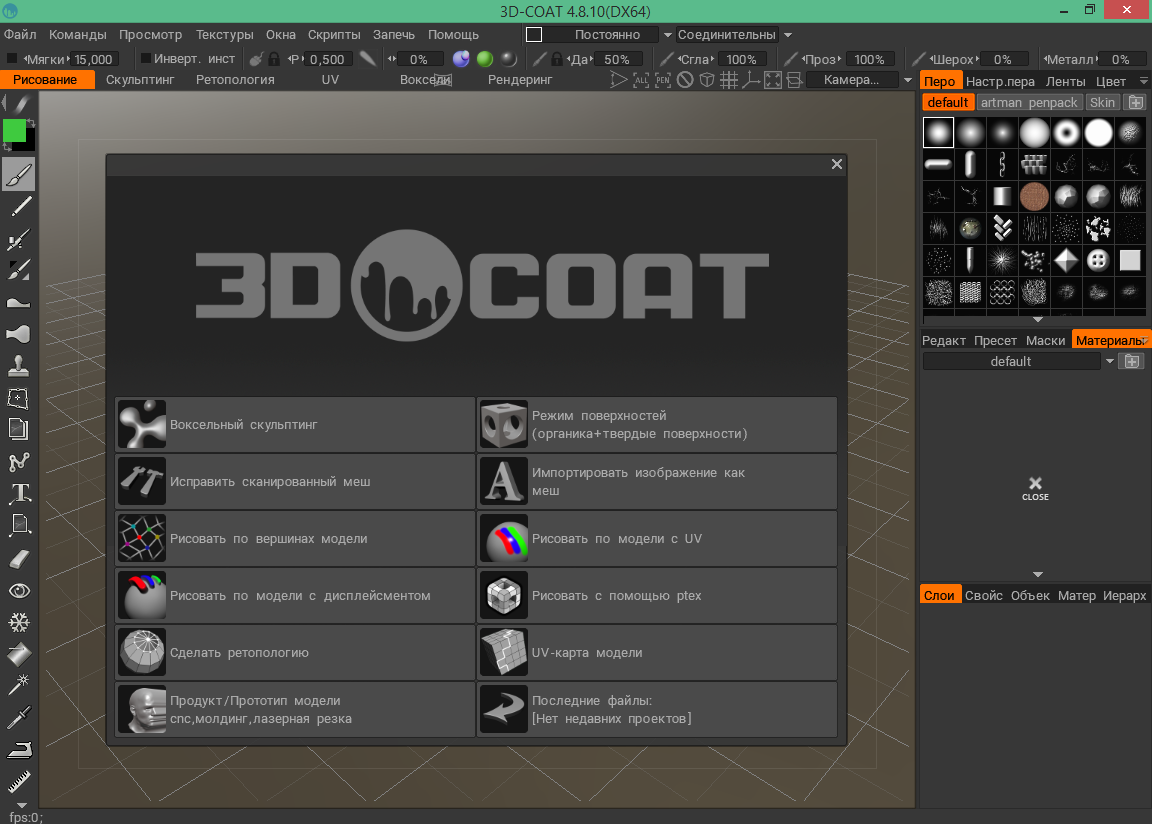

When triangulating quads aim for the shortest edge possible.
#3d coat paint objects manual
Do manual triangulation in places where quad might go the wrong way.
#3d coat paint objects windows
By holding down the Shift key, these windows can be detached to a second screen. This way I can always see how close my model is to the original concept. The first thing I do is divide the workspace into 3 windows: one for modeling, one with reference, and one with a static view. I fell in love! From the UI to the hotkey-based workflow, working in Blender feels really artistic and fun to me. Version 2.8 with an updated interface came out just when I switched to 3D, and I decided to give it a try. I’ve also included examples of hand-painted artwork in the same technique and a couple of screenshots from League of Legends for inspiration.

I created a reference board in PureRef where I put photos of plants and stone shrines. This required some planning regarding the number of lights, some shaders, and the output file format. It’s also very important to ask for feedback at all stages because after working on the same project for some time, it gets difficult to trust your judgment and see mistakes and areas for improvement.Īnother factor that influenced my workflow was the use of Marmoset Toolbag as the renderer for this scene. In this article, I will describe everything in order, but in fact, I sometimes jumped from one stage to another, either for a good reason or simply because I wanted to postpone some things and do something else sooner. I hope you find it useful and thanks for reading!Īfter asking permission to use the concept, I mapped out a plan – modeling and unwrapping main assets, texturing, drawing and modeling plants, animation, and rendering. So my main conclusion is, no matter how simple and obvious it may seem, – do what you really love.Īnd now, I would like to walk you through the process of creating my latest work, “Toro & Spirits”. And some of my personality traits felt more suited to the role of a 3D artist. To my surprise, I also found that all the fears and doubts that haunted me as a 2D artist were gone. However, I cannot call myself fully self-taught, as my 2D experience and education in fine arts gave a huge boost to my work, especially in the hand-painted style. I took all my passion and inspiration and started learning game art on my own, finding helpful tutorials online. I was even more excited when I found many talented and successful stylized 3D artists on Twitter.

I had some experience with 3ds Max, which I was studying for concept art, so I already knew something about 3D. And in the summer of 2019, still impressed by the game, I decided to become a 3D artist, just so I could create similar worlds someday. I just fell in love with its visual style and decided to embrace my passion for stylized art. That all changed with the release of Spyro, a remaster of my favorite childhood game. Another problem was the fear of making mistakes and being not good enough. Under the impression that only artists who paint in the style of realism and use the photobashing technique find work, I tried to force myself to paint in the same way, but this style was never close to me. My first problem was that I tried to do what I didn’t genuinely like. I enrolled at the University of Film and Television in Moscow, where I studied computer graphics, 2D animation, and fine arts.Īfter graduation, I started working as a concept artist, but soon I realized this wasn’t really my thing. As a creative child, I always knew I wanted to connect my life with art, and my strong drawing skills and love for games prompted me the path of a 2D artist.


 0 kommentar(er)
0 kommentar(er)
